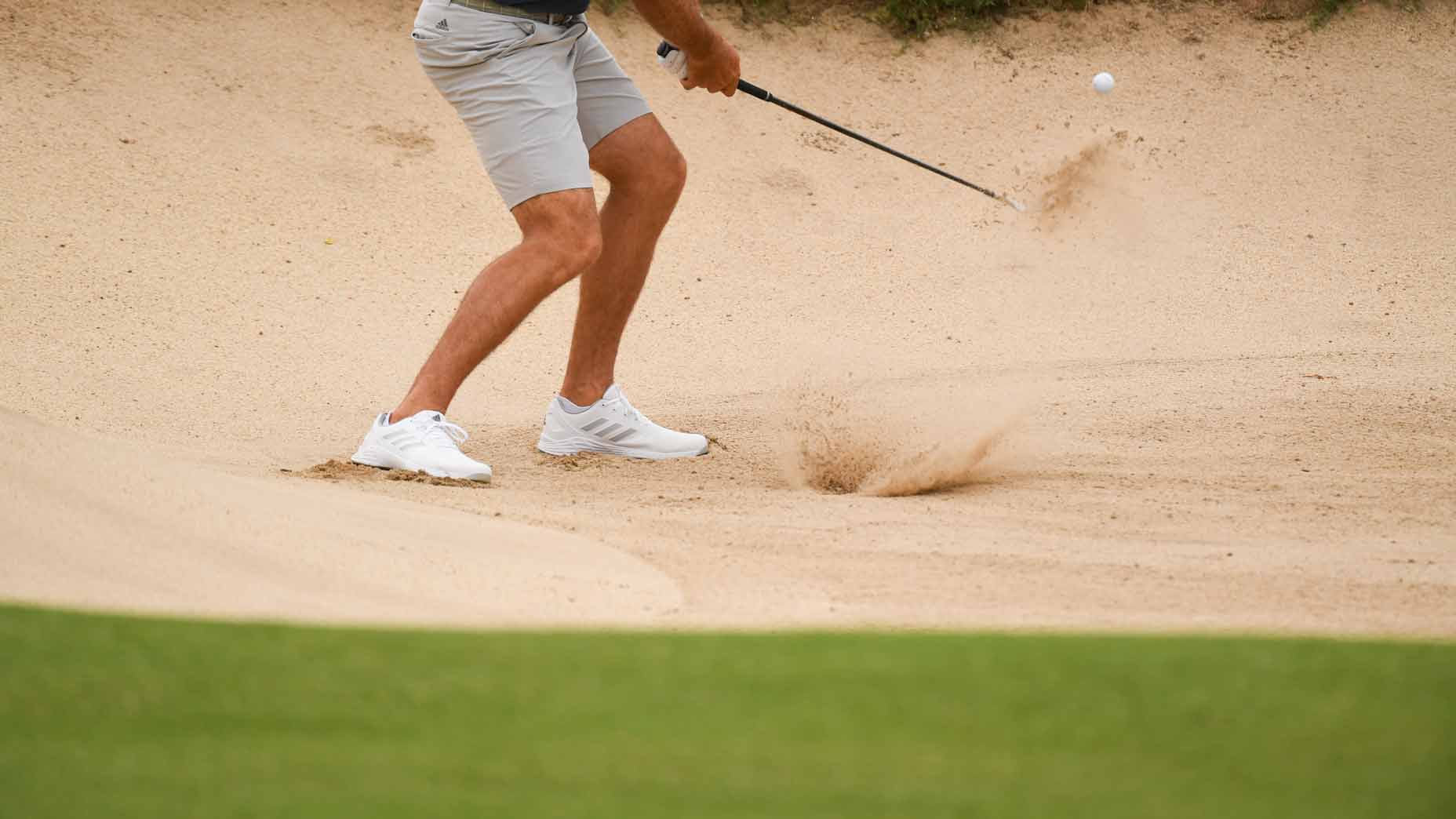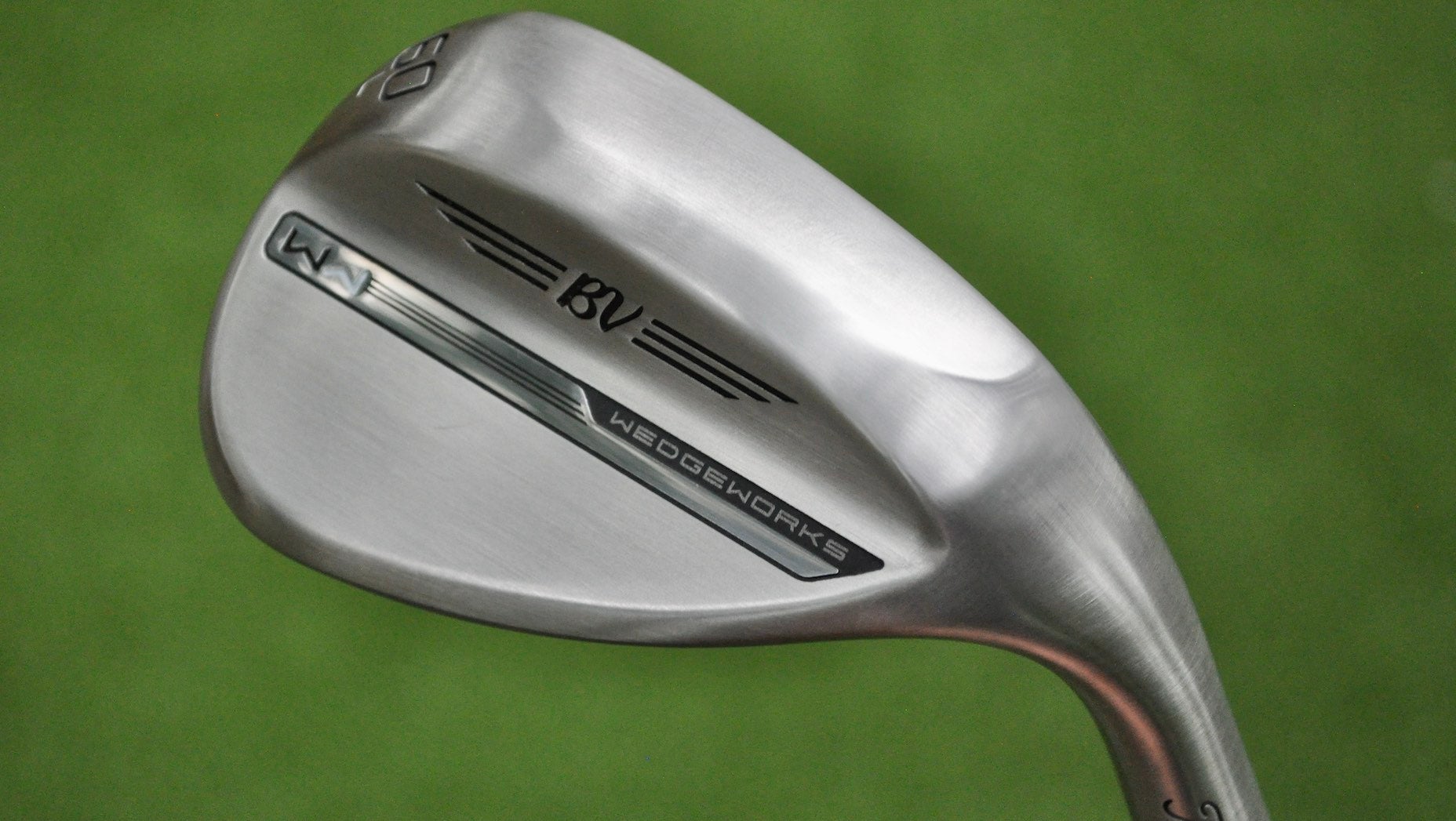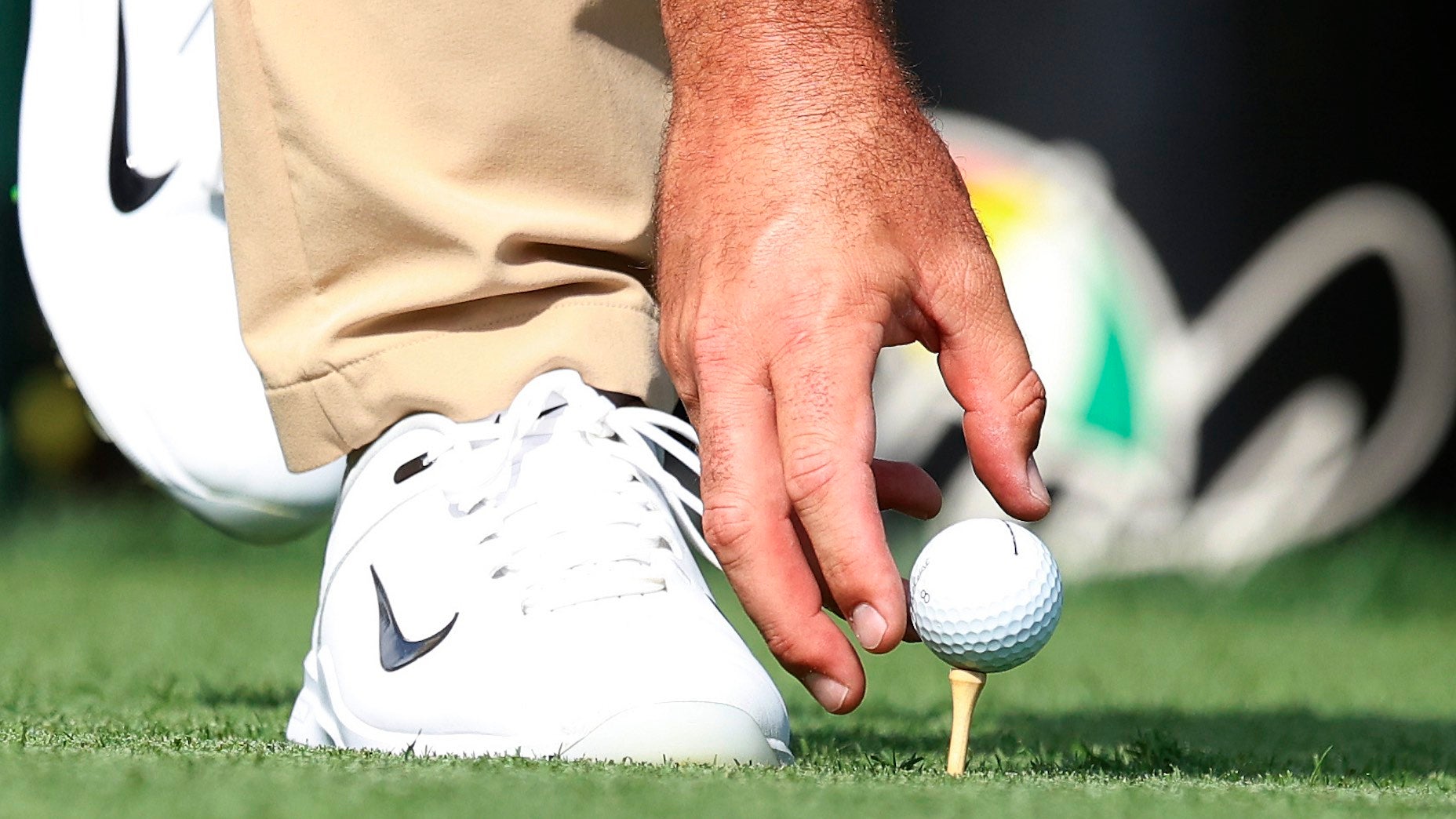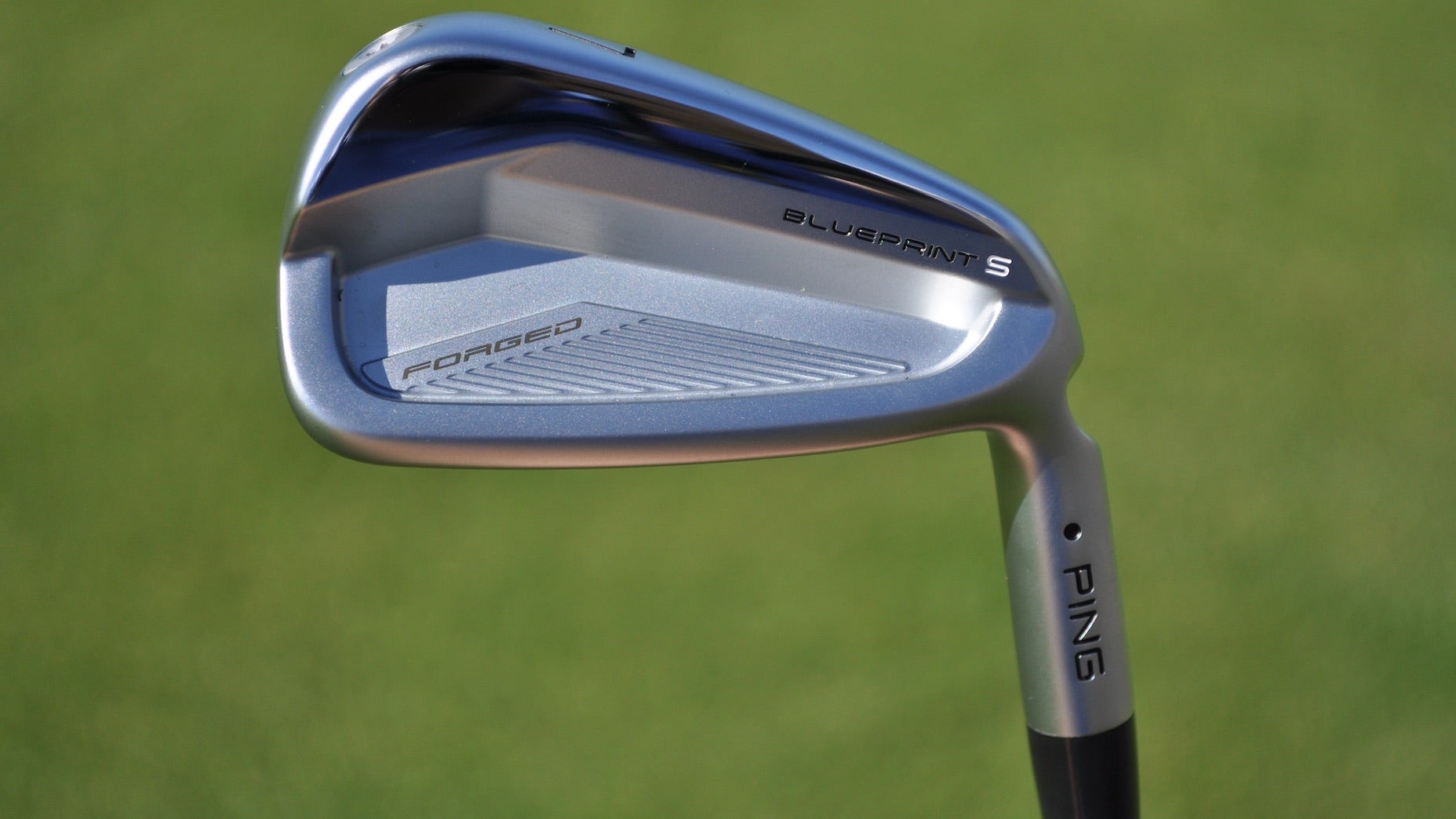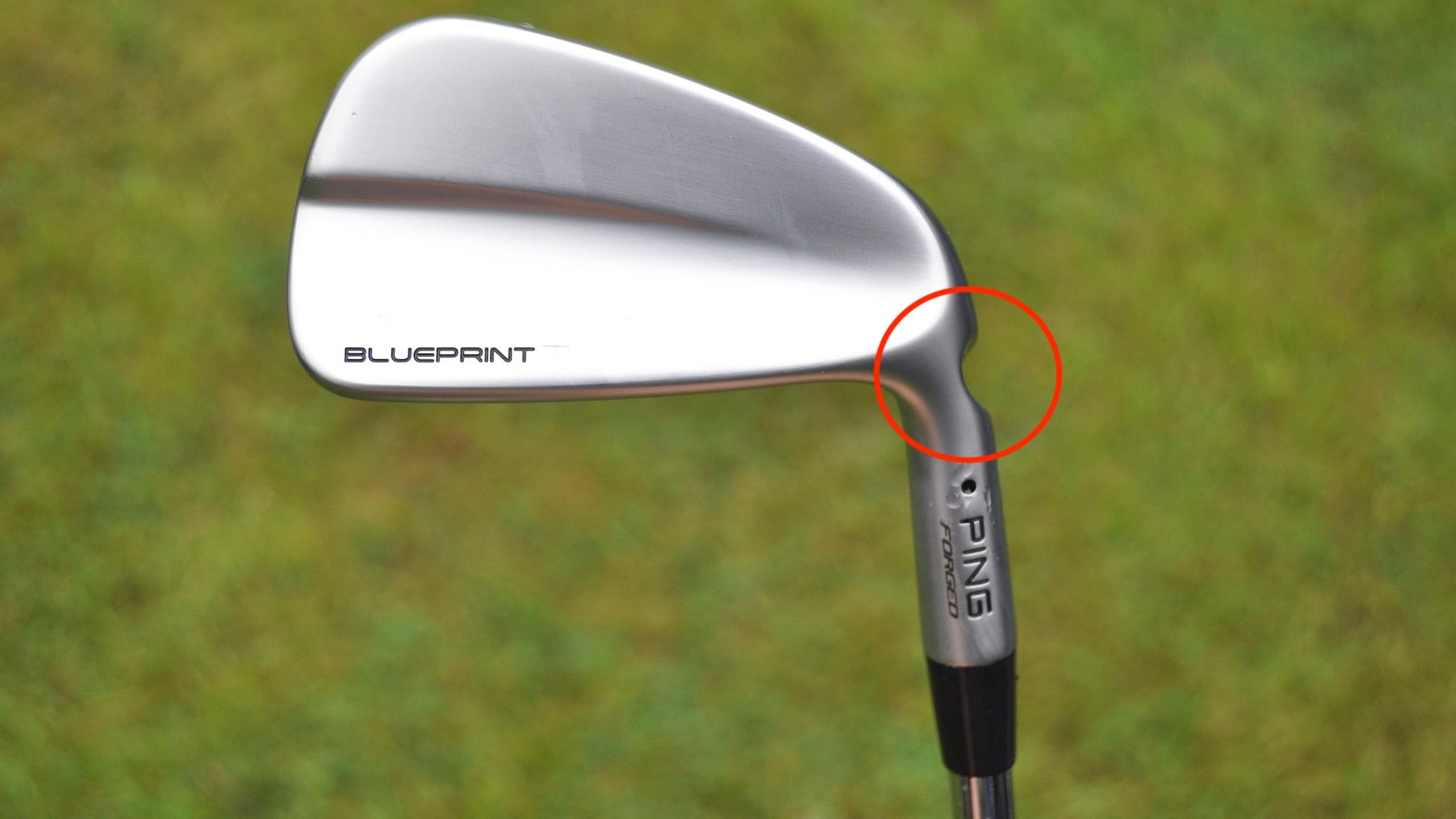Welcome to another edition of the Fully Equipped mailbag, sponsored by Cleveland/Srixon Golf, an interactive GOLF.com series in which we field your hard-hitting gear questions.
How do I know if it’s time for a new wedge? Richard N. – Florida
When it comes to hitting the best possible shots with your wedges, there’s a lot to contend with. There’s the type of surface you’re hitting from, the distance and height you need the ball to fly—even spin is a factor if you want to land the ball close to the hole. It’s a lot to think about, and the last thing you should add to the thought process is whether or not your wedges are up for the task.
Lucky for you, we’ve got a list of checkpoints you can review to ensure your wedges are in tip-top shape:
Check your grooves
This is an easy one, but often overlooked. If you want maximum bite with your wedges, keep your grooves as clean and dry as possible throughout the round. This means using a towel as often as possible and if you need to, use a brush or tee to gouge out any dirt/sand/grass that’s caked in the grooves. As for wear, if you can run your fingernails across your grooves without feeling them grab hold of your nail, it may be time to swap in a new wedge with fresh-cut grooves. And lastly, we know the temptation that groove sharpening tools bring. You can use one and sharpen your wedges all you want, but you’ll immediately negate the USGA’s restrictions and your wedge won’t be allowable under the Rules of Golf.
Some gouges are ok, some are not
Eventually your wedges will get some knicks and gouges on the sole and sometimes on the clubface. Ad while most are ok to work with and don’t really affect how your wedge will perform, a big enough gouge or dent in the clubface can affect how well the ball spins off the face. If it’s a gouge bigger than a pencil eraser in diameter, best you pick up a new wedge for next season and use that damaged one for chipping in the back yard. If it’s a small gouge one on the heel or sole—meh, let it ride.
Consider a new grind
The grind on your wedges can greatly affect how well it works for you. Are you hitting a lot of shots fat? Skulling them on the thin side? Maybe you struggle on tight lies or perhaps you play courses with fluffy sand? These are the kinds of things you should sort out when you select which wedge to buy, not when you’re standing over your next wedge shot. Think of wedge grind as the overall shape of the sole from the heel to toe. Cleveland is one company that offers its wedges in different configurations: V-Shaped grind for generally squared-face angles at impact; S-Shaped grind for more versatility on open-faced faces; and a C-Shaped grind for golfers who like to play any shot they can think of.
Know the difference between grind and bounce
As mentioned, the grind on the sole of your wedge can affect how easy it is to play square or open-faced shots. And, grind is not the same as bounce. The bounce angle on a wedge is essentially the amount the leading edge rests above the ground when the club is upright. Higher bounce wedges have higher leading edges, making them better for players who tend to hit fat shots or who play on soft turf/sand. Low-bounce wedges place the leading edge close to the ground, making them better for firm sand and tight lies. Typically though, lower-bounce models are harder to wield than are high-bounce models.
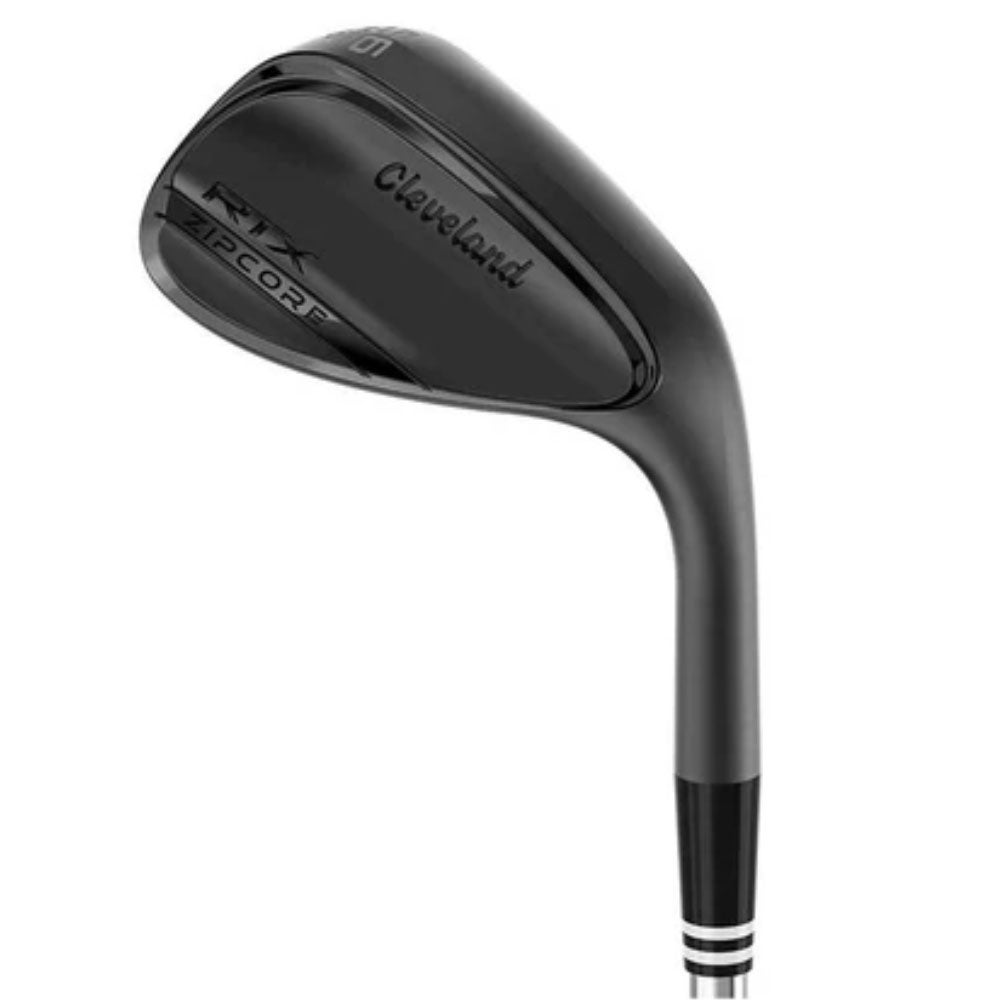
Cleveland RTX ZipCore wedges
A new shaft can affect spin and control
Sometimes a new shaft in your wedge is just what you need to go next-level and start hitting better short shots. Wedge flex shafts are typically a little stiffer than regular shafts and a little less stiff that stiff shafts and have a more active tip section to increase loft at impact (which also increases spin). There’s some variance here, and you can actually find some “wedge” shafts that do the opposite for players who prefer to hit their wedge shots low. Point being, it may be worth trying a custom wedge shaft to help accentuate whatever it is you’re looking for.
Go flat
Because wedge shots are often hit at less than full power, it’s sometimes easy to pull or hook your wedge shots to the left. Even the best players in the world face this issue, which is why some of them play their wedges a degree to two on the flat side to prevent a pulled shot. Try it yourself, but remember it may taking some getting used to.
Try a game-improvement wedge if you need it
Lastly, for maximum wedge performance it might make sense to check your ego and opt for a wedge with added forgiveness. As is the case in a model like Cleveland’s CBX ZipCore wedges, you can still get a forgiving wedge without giving up on traditional looks and a great feel. Or you can go the uber-forgiving route and try something like the Smart Sole 4 wedge—either way, hitting your wedges solidly need not be overlooked. Solid wedge shots will fly the distance you want with better spin, as opposed to miss-hit wedges that are unpredictable and hard to judge and control.
Want to overhaul your bag for 2023? Find a fitting location near you at GOLF’s affiliate company True Spec Golf. For more on the latest gear news and information, check out our latest Fully Equipped podcast below.
